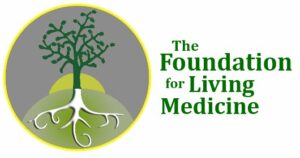
Finding the cure for the Alzheimer’s Disease has been more than a challenge. It has been an aspiration for medical researchers for decades. Recently, the medical research community has been abuzz with news that they may be getting closer to finding the answers.
Over 5 million people currently suffer from the Alzheimer’s Disease. Statistics estimate that 1 in 10 people over the age of 65 years are affected by it. The disease process takes approximately 8-10 years to work from detection to death. It starts out slowly as two abnormal protein fragments called ‘plaques‘ and ‘tangles‘ accumulate in the brain, consistently killing off brain cells. The plaques and tangles begin accumulating in the hippocampus area of the brain, which affects memory, and then they work their way into the brain’s language center, making it difficult to instantly bring up appropriate words. Slowly, these abnormal protein fragments spread into all other parts of the brain, finally reaching the brain center that controls breathing and the heart, thereby causing death.
Usually memory and cognition issues are the first signs of the onset of the Alzheimer’s Disease, but researchers at the University of New South Wales and Neuroscience Research Center in Australia have identified an earlier sign. It is a brain protein called Kinase p38y that declines as the Alzheimer’s Disease progresses. Researchers learned in a study conducted on mice, that when they reintroduced the Kinase p38y and increased levels of this protein, they were able to prevent memory loss in the mice. Eureka! The reintroduction of the p38y protein appeared to protect against memory loss. THIS is very exciting news!
And, there is more! The same Australian research team discovered a different way in which nerve cell processes that lead to the Alzheimer’s Disease work. This sheds light on the actual way through which the Alzheimer’s disease develops. To read more, go to the article on the Neuroscience News online site HERE.
These new findings are incredibly exciting! The next step is to create a treatment for humans and to find funding for it.
